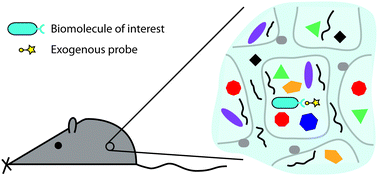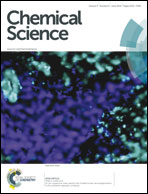Bioorthogonal chemistry in living organisms
Abstract
Bioorthogonal chemistry allows for selective and efficient modification of biomolecules in their natural environment. Several strategies have been developed over the past years that employ cellular biosynthetic pathways to incorporate the desired functionalities. These moieties in turn efficiently react with exogenously added complementary reaction partners. This field has now moved forward from a conceptual phase to the application of these methodologies in living systems. In this perspective, we highlight recent and exciting developments pertaining to the use of bioorthogonal chemistry in living organisms.


 Please wait while we load your content...
Please wait while we load your content...